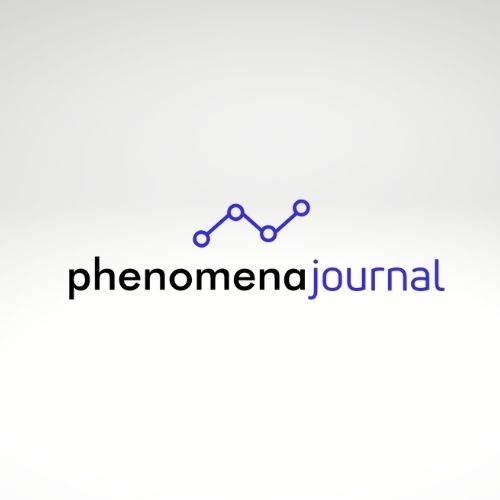High-functioning autistic adolescents: a study hypothesis on the effectiveness of integrated treatment for obsessive-compulsive disorder

Published 2021-07-13
How to Cite
Abstract
Several studies have demonstrated the effectiveness of the integrated treatment of obsessive compulsive disorders in neurotypical subjects. This type of treatment consists of using different theoretical and methodological approaches which, together, aim to promote a trans-theoretical model of change in subjects with OCD, a model in which it is important to highlight the steps from beliefs (I must) to attitudes (I want to) to strategic intentions (I can) and from intentions to actions (I act).
The integrated treatment, therefore, proposes to use a wide range of different approaches, that together, may succeed in signifying and treating the complexity of the DOC.
Among the aforementioned approaches we consider:
- The Humanistic-Existential Approach (essential for creating an empathic relationship with the patient based on unconditional acceptance and self-disclosure);- Ellis's Cognitive-Rationalist Approach (ABC Model) and / or the Cognitive-Constructivist Approach (facilitation awareness of dysfunctional cognitive schemes and the restructuring of these for the management of anxiety and the activation of adaptive behaviors);- The Integrated Gestalt Approach (awareness of the emotional-affective need that underlies the symptom).
The article in question therefore proposes to reflect on the possible effectiveness the aforementioned integrated treatment may have with regard to both Axis I and Axis II DOCs of the DSM-V in adolescent subjects and / or young adults, affected in turn by a high functioning autistic spectrum disorder, and to also consider the possibility of adapting this type of integrated treatment to those principles and scientific tools of applied behaviour analysis in autism.
KEY WORDS: Obsessive Compulsive Disorder; High Functioning Autism; Integrated Treatment.
